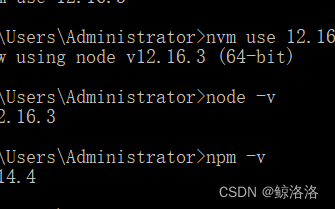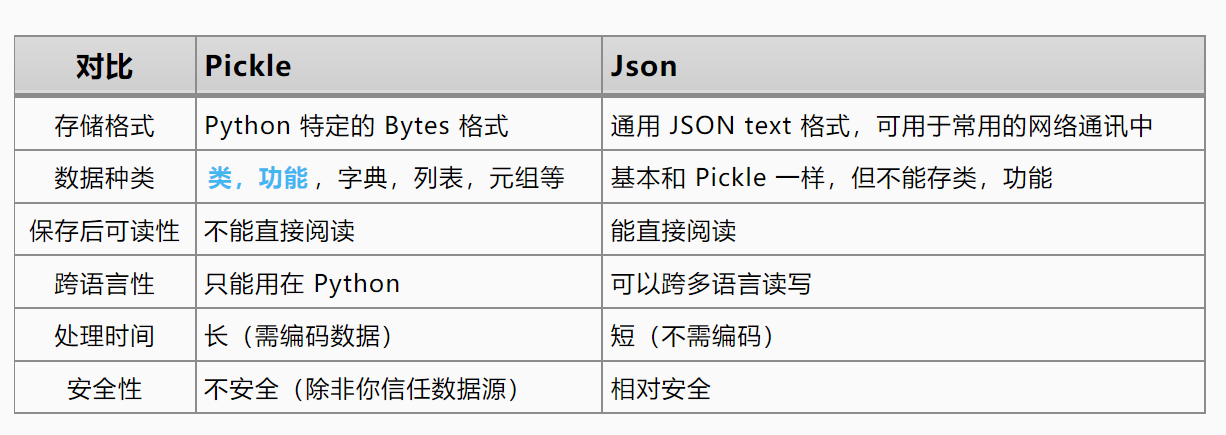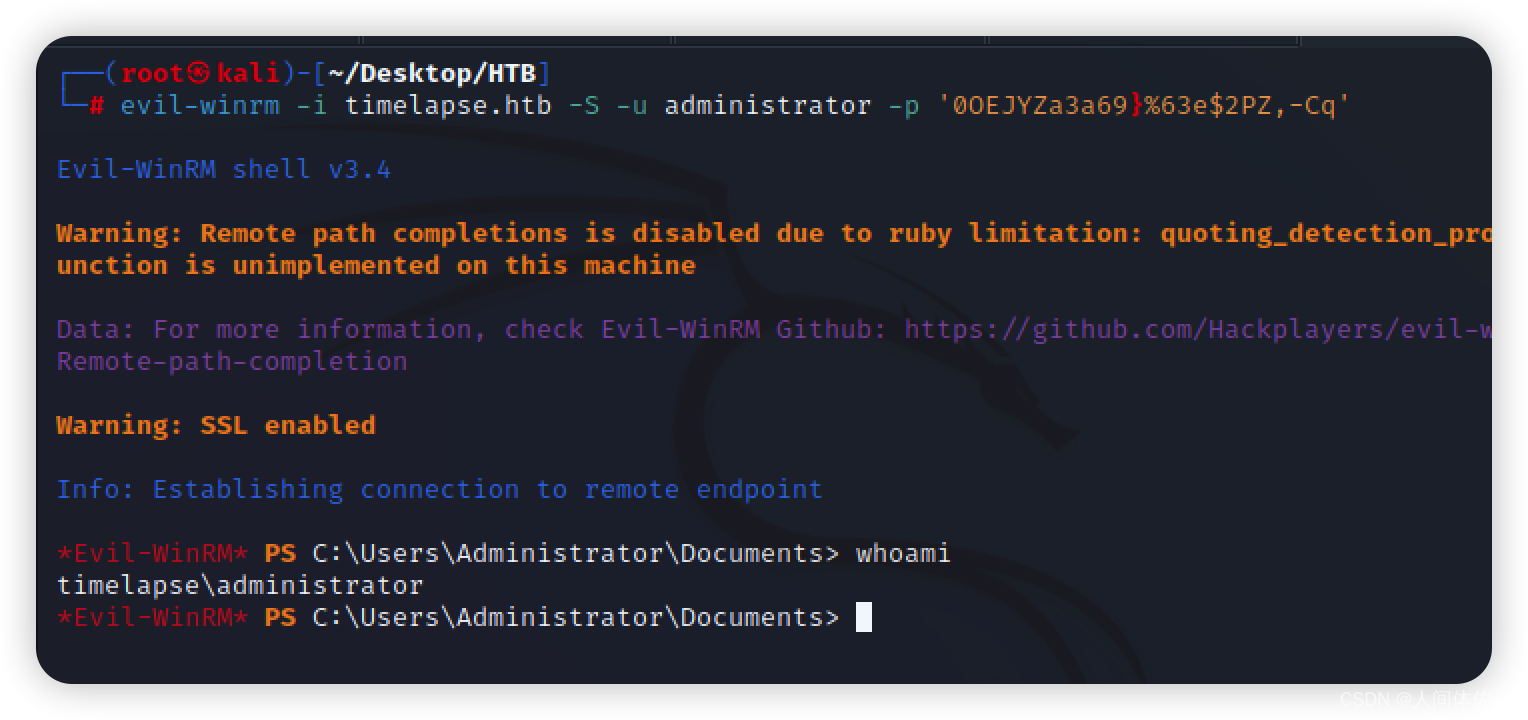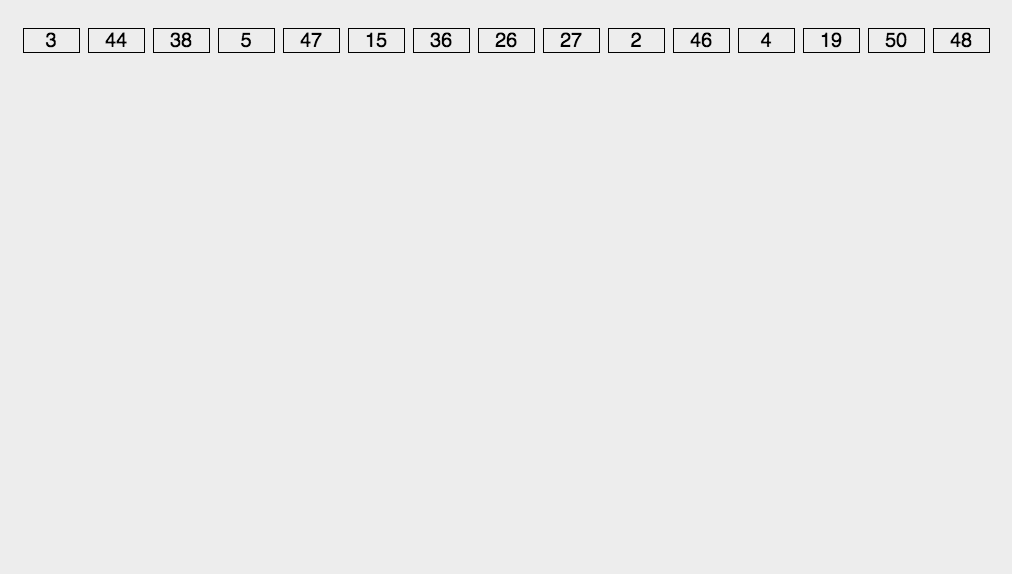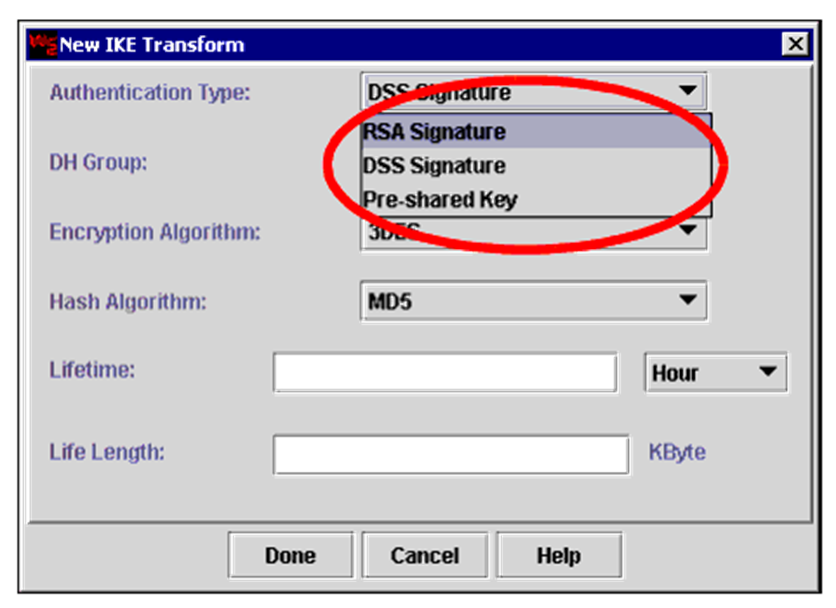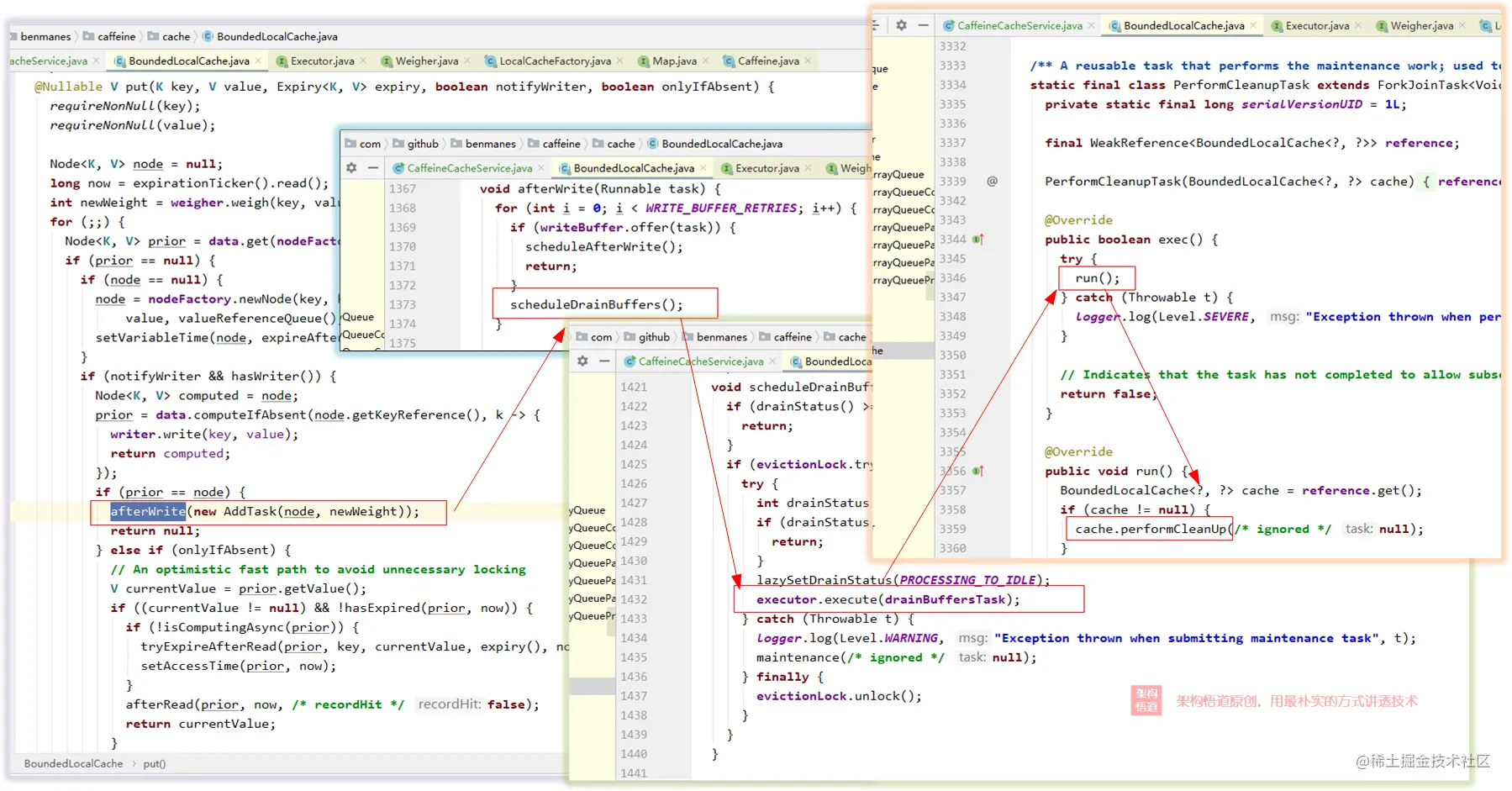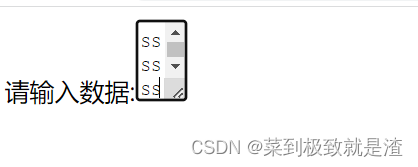目录
题目描述
输入描述
输出描述
用例
题目解析
算法源码
题目描述
给定一组闭区间,其中部分区间存在交集。
任意两个给定区间的交集,称为公共区间(如:[1,2],[2,3]的公共区间为[2,2],[3,5],[3,6]的公共区间为[3,5])。
公共区间之间若存在交集,则需要合并(如:[1,3],[3,5]区间存在交集[3,3],需合并为[1,5])。
按升序排列输出合并后的区间列表。
输入描述
一组区间列表,
区间数为 N: 0<=N<=1000;
区间元素为 X: -10000<=X<=10000。
输出描述
升序排列的合并区间列表
备注:
1、区间元素均为数字,不考虑字母、符号等异常输入。
2、单个区间认定为无公共区间。
用例
| 输入 | 4 0 3 1 3 3 5 3 6 |
| 输出 | 1 5 |
| 说明 | 无 |
| 输入 | 4 |
| 输出 | 1 3 4 4 5 7 |
| 说明 | 无 |
| 输入 | 2 |
| 输出 | None |
| 说明 | 无 |
题目解析
首先,输入的多组区间,我们需要求解任意两组之间的交集,
求两个区间交集的方式:[两个区间中较大的起点,两个区间中较小的终点]
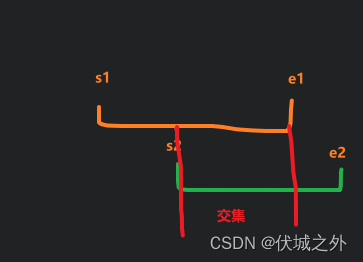
求出所有交集后,我们合并交集时,是可以先对交集进行排序的,排序后更好合并,关于区间的合并的逻辑,请看华为机试 - 路灯照明问题_伏城之外的博客-CSDN博客
算法源码
/* JavaScript Node ACM模式 控制台输入获取 */
const readline = require("readline");
const rl = readline.createInterface({
input: process.stdin,
output: process.stdout,
});
const lines = [];
let n;
rl.on("line", (line) => {
lines.push(line);
if (lines.length === 1) {
n = parseInt(lines[0]);
}
if (n && lines.length === n + 1) {
lines.shift();
const intervals = lines.map((line) => line.split(" ").map(Number));
union(intervals);
lines.length = 0;
}
});
function union(intervals) {
// intersections用于保存交集
const intersections = [];
// 任意两区间的交集
for (let i = 0; i < intervals.length; i++) {
for (let j = i + 1; j < intervals.length; j++) {
const [s1, e1] = intervals[i];
const [s2, e2] = intervals[j];
const left = Math.max(s1, s2);
const right = Math.min(e1, e2);
if (left <= right) {
intersections.push([left, right]);
}
}
}
if (!intersections.length) return console.log("None");
// 合并交集
const mergeRes = intersections
.sort((a, b) => a[0] - b[0])
.reduce((pre, cur) => {
const [s1, e1] = pre;
const [s2, e2] = cur;
if (e1 >= s2) {
pre = [s1, Math.max(e1, e2)];
} else {
console.log(pre.join(" "));
pre = cur;
}
return pre;
});
console.log(mergeRes.join(" "));
}








